- 路 Microwave
- 路 Atmospheric Pressure Microwave 路 Pressure Microwave 路 Parallel Microwave
- 路 Ultrasonic 路Low Temperature Ultrasound
- 路 Ultraviolet Light
- 路 Microwave Heating 路 Atmospheric Pressure Synthesis 路 Atmospheric Pressure Catalysis 路 Atmospheric Pressure Extraction
- 路 Sample Preparation 路 Microwave Digestion
- 路 Soil Digestion 路 High Pressure Synthesis
- 路 Solid Phase Synthesis
- 路 Organic Synthesis
- 路 Ionic Liquid Synthesis
- 路 Degradation Of Natural Organic Matter
- 路 Natural Product Extraction / Purification
河北祥鹄科学仪器有限公司
800B Determination of Dissolution Characteristics of Black Tea Elements by Inductively Coupled Plasma Atomic Emission Spectrometry
This paper was completed by a researcher at the China Astronaut Research and Training Center. The paper discusses the dissolution characteristics of black tea elements by inductively coupled plasma emission spectrometry. It is published in the important journal
Black tea is a post-fermented tea made from tea, which is processed by the process of killing, smashing, smashing and drying. It is rich in various beneficial elements such as K, Ca, Mg, Zn, etc. It is a supplement in the space flight. Excellent ingredients with a variety of elements. In order to investigate the element elution characteristics during the black tea soaking process, the content of black tea elements and the corresponding elements in the tea water were measured. The sample is digested by closed high pressure microwave digestion to avoid the loss of elements during digestion. The contents of K, Mg, Al, Mn, Zn, Fe and Ca in black tea were determined by inductively coupled plasma optical emission spectrometry. The deionized water was used to simulate the tea brewing process, and the gradient was soaked 5 times, respectively, the tea was taken, and the matrix was matched and determined on the machine. The experimental results show that the method recovers the ratio of the content of K, Mg, Al, Mn, Zn, Fe and Ca in the first soaked tea to 45. 35%. 6. 23%, 2.16%, 1.68%, 7.8%, 2.0% and 0.4%, Ca dissolution rate is the lowest, soaking rate and soaking of K, Mg, Al, Mn in tea soaked The number of times is exponential, and the dissolution equation is y = 105. 75e-0. 874 3x, y = 9. 949 3e-0. 969 5x, y = 6. 335 8e-1. 406 5x and y = 4. 247 7e -1. 339 4x, correlation coefficient R2 is 0. 986,0. 928 3,0. 950 7 and 0. 926.

Fig.1/3↑

Fig.2/3↑

Fig.3/3↑
Studies have shown that black tea contains a variety of essential macro elements and trace elements, and the monovalent element K is easily dissolved, while the dissolution rate of polyvalent metal elements such as Mg, Al, Mn, Zn, Fe, Ca is low. The dissolution rate of Mg, Al, Mn, and K metal elements is exponentially related to the number of soaking times, and the correlation coefficient is above 0.9. Since the content of elements in black tea is affected by many factors, such as variety, harvesting time, harvesting site, processing method, brewing method, etc., the dissolution characteristics of black tea elements from different sources still need special research. This study provides data accumulation for black tea production and processing, brewing and drinking and its application in aerospace.
20 g of black tea was pulverized through a 40-mesh test sieve, and a representative sample was accurately weighed 0.5 g, placed at the bottom of a Teflon digestion tank, and 10 mL of nitric acid and 1 mL of hydrogen peroxide were sequentially added to open the room temperature. Pre-digestion at atmospheric pressure for 30 min. After the pre-dissolution is completed, it is placed in a closed microwave digestion device for digestion and cooling. The parameter settings are shown in Table 1. Transfer the clear and transparent digestion solution to a 100 mL volumetric flask, and wash it with ultrapure water for more than 3 times. Transfer to a volumetric flask, match the matrix, make up the volume, and mix for testing.








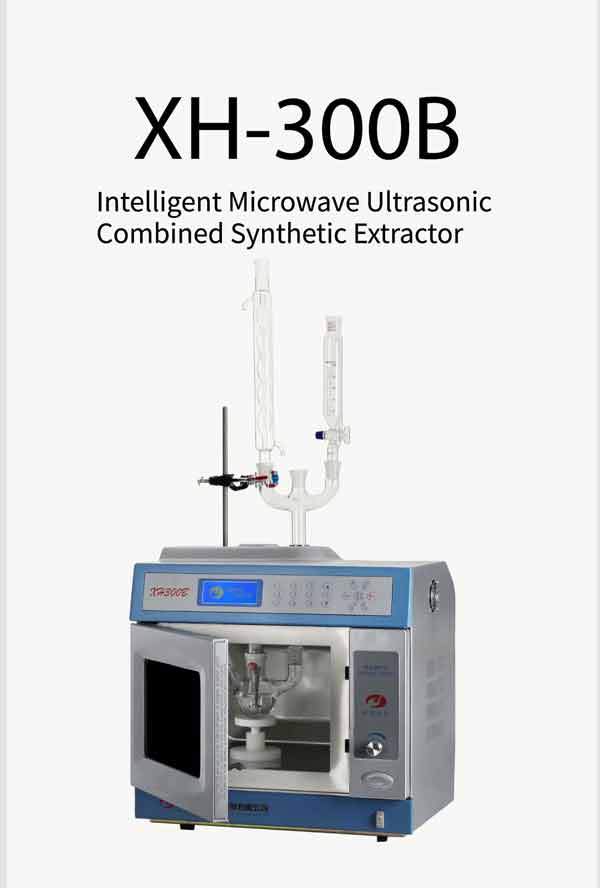

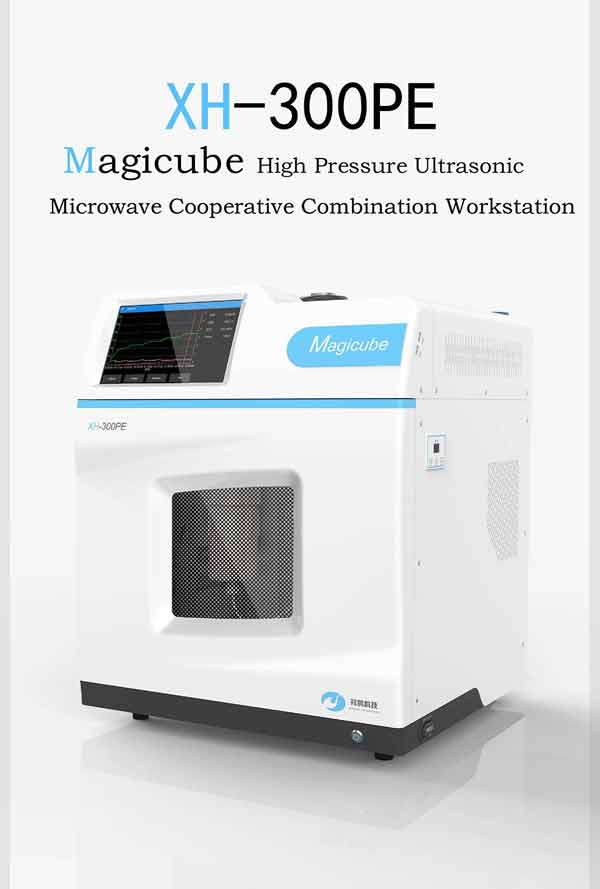
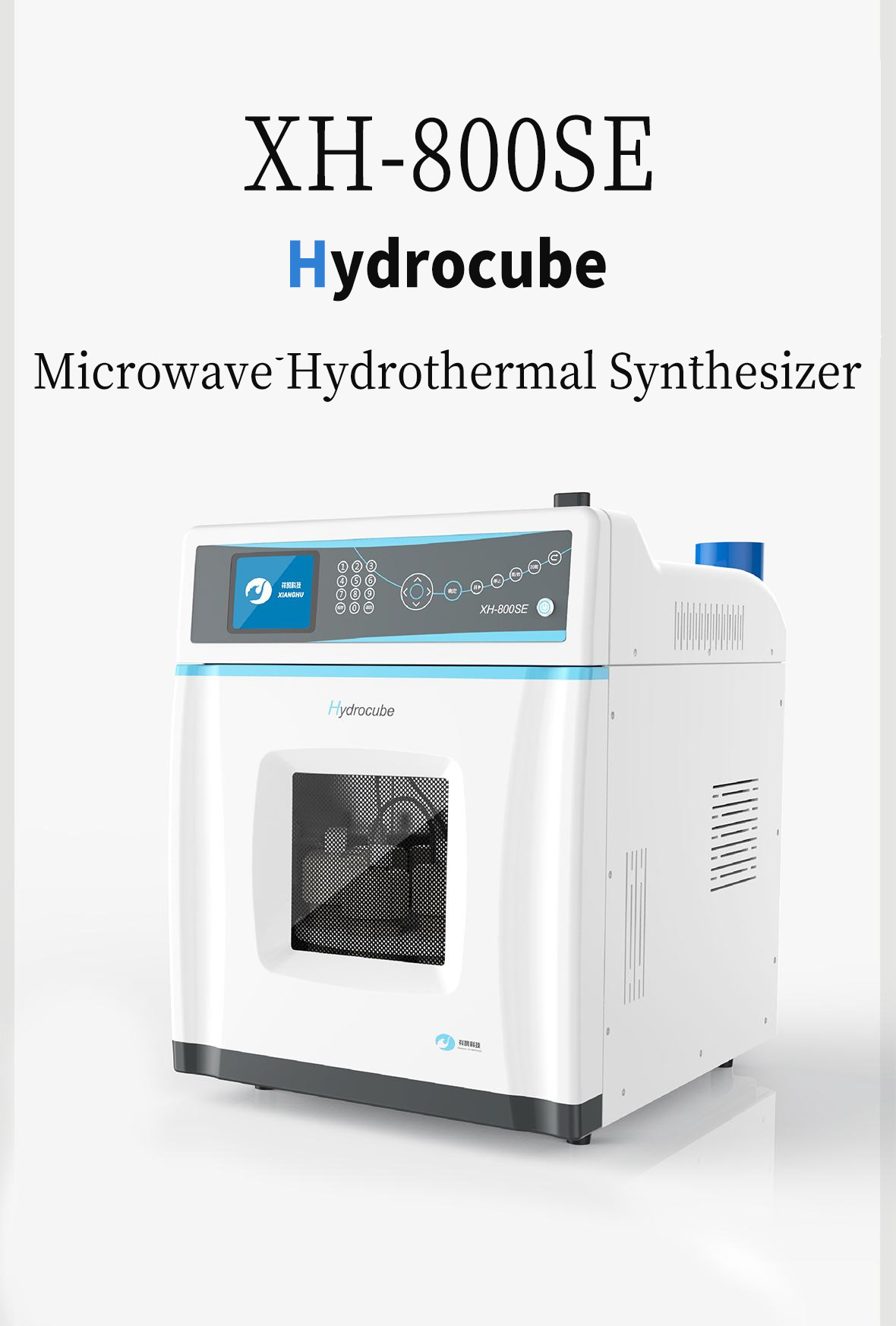
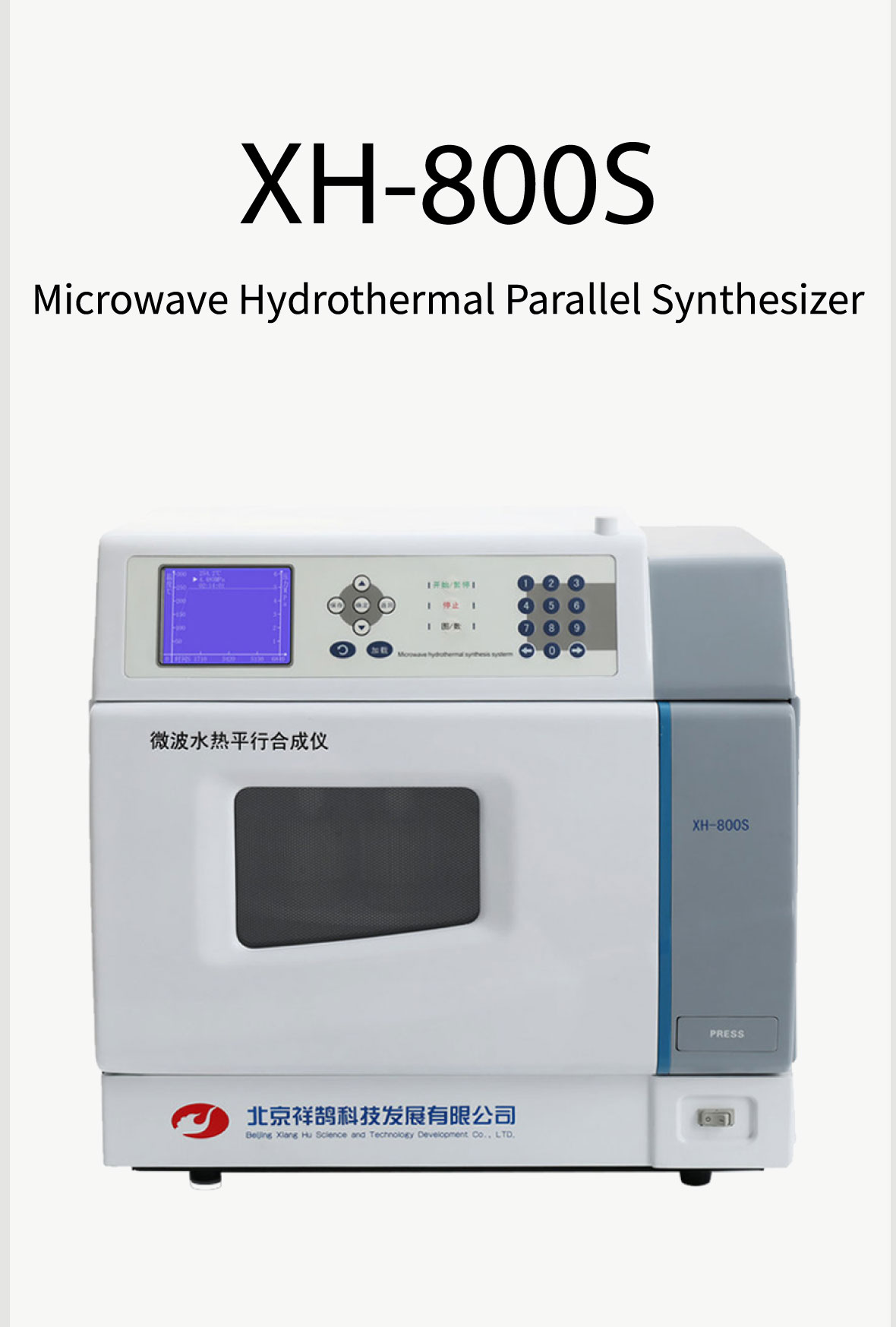
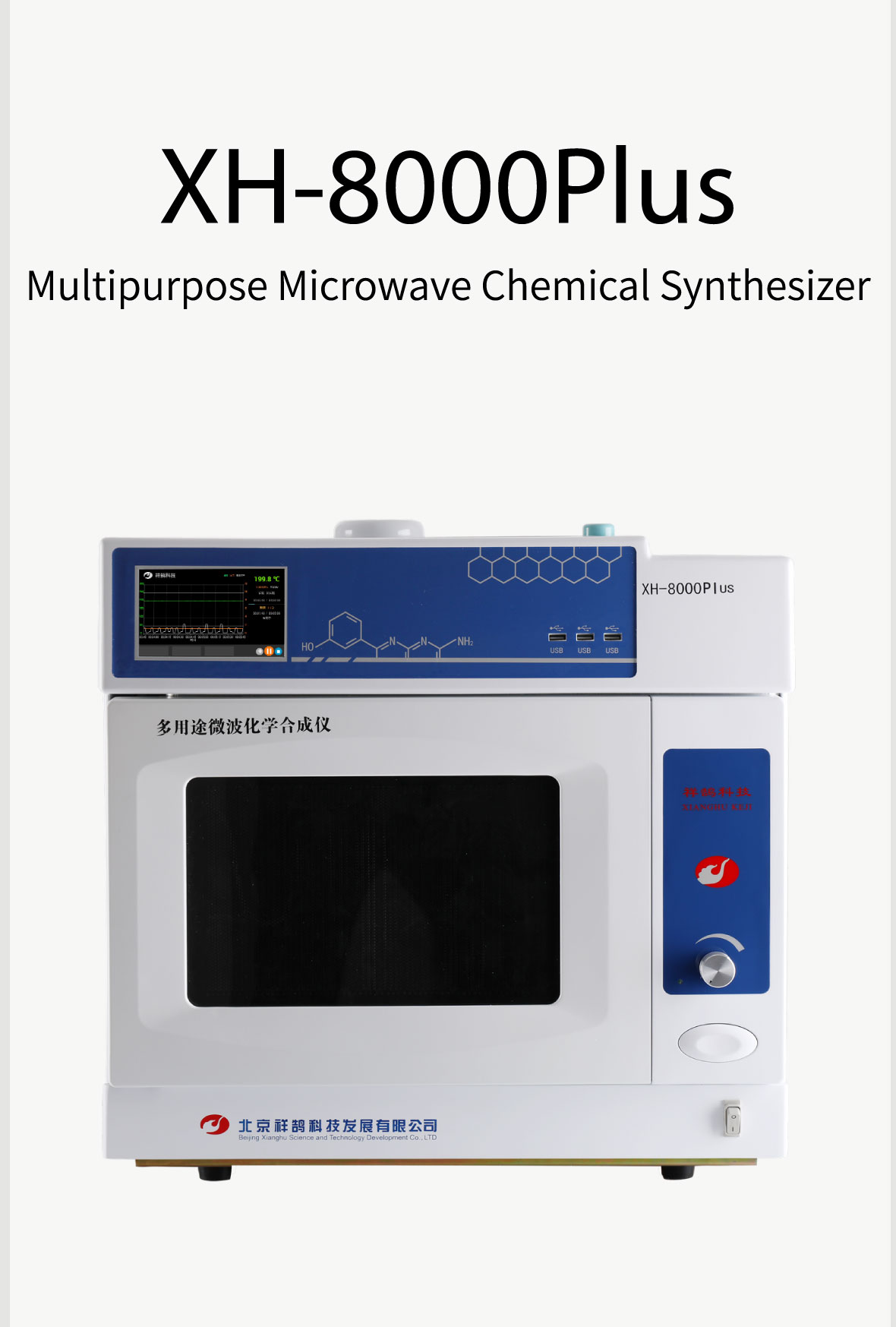
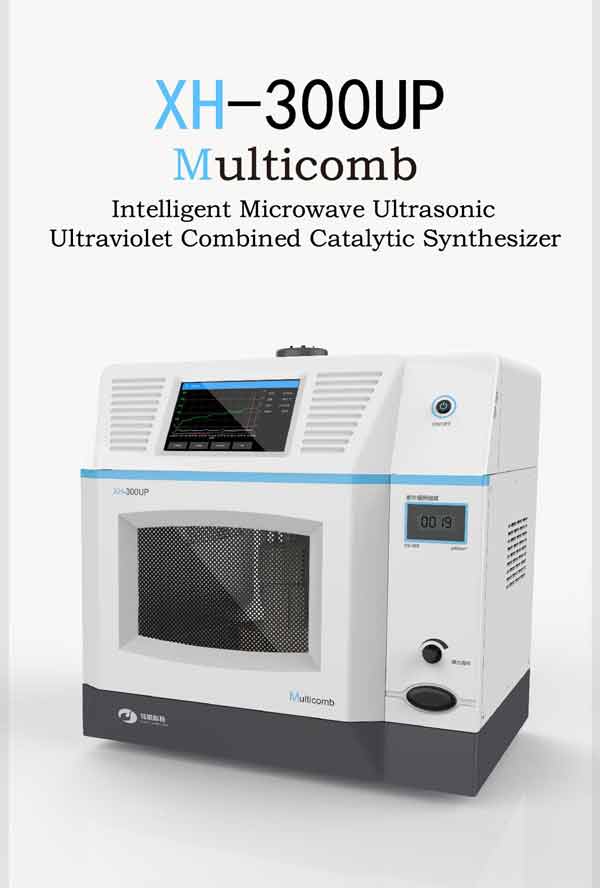
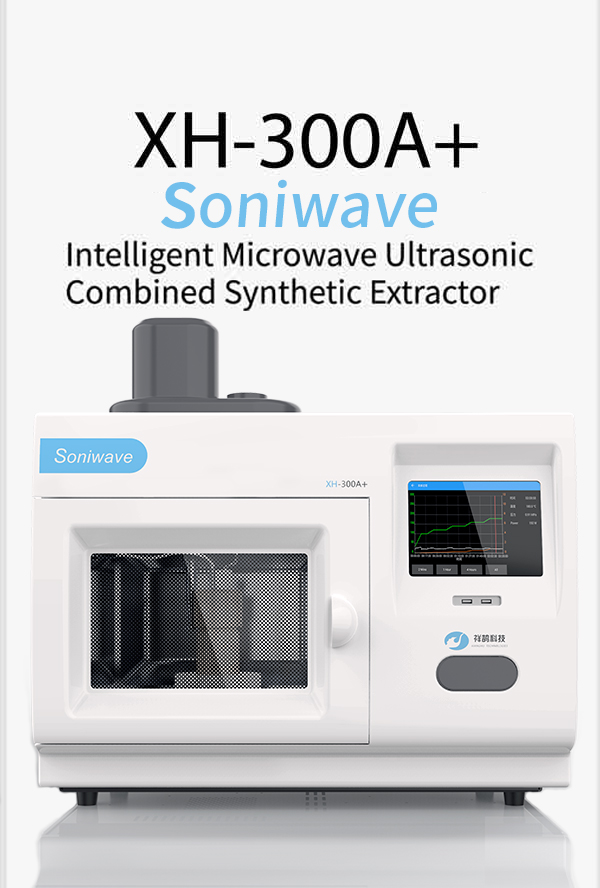

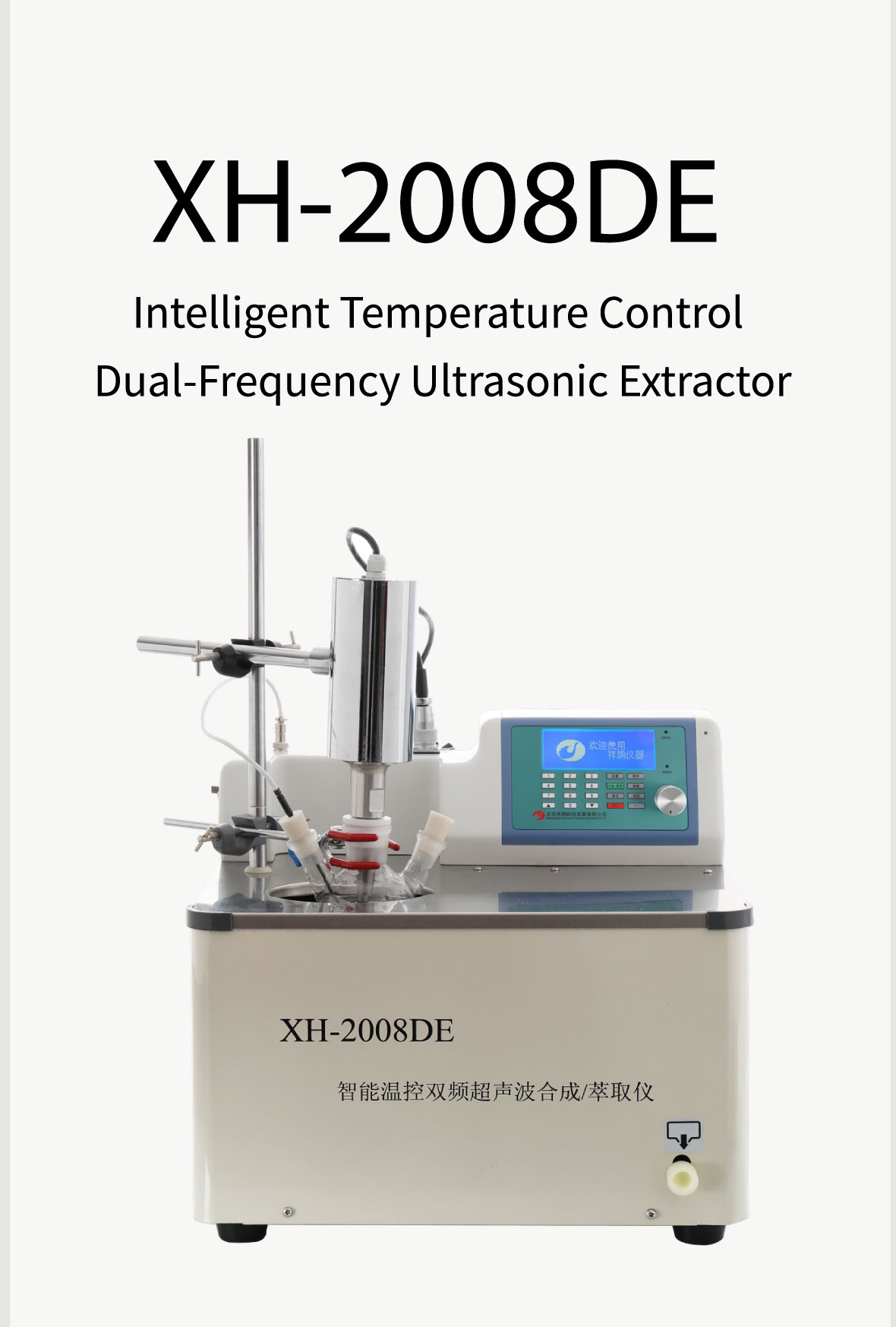



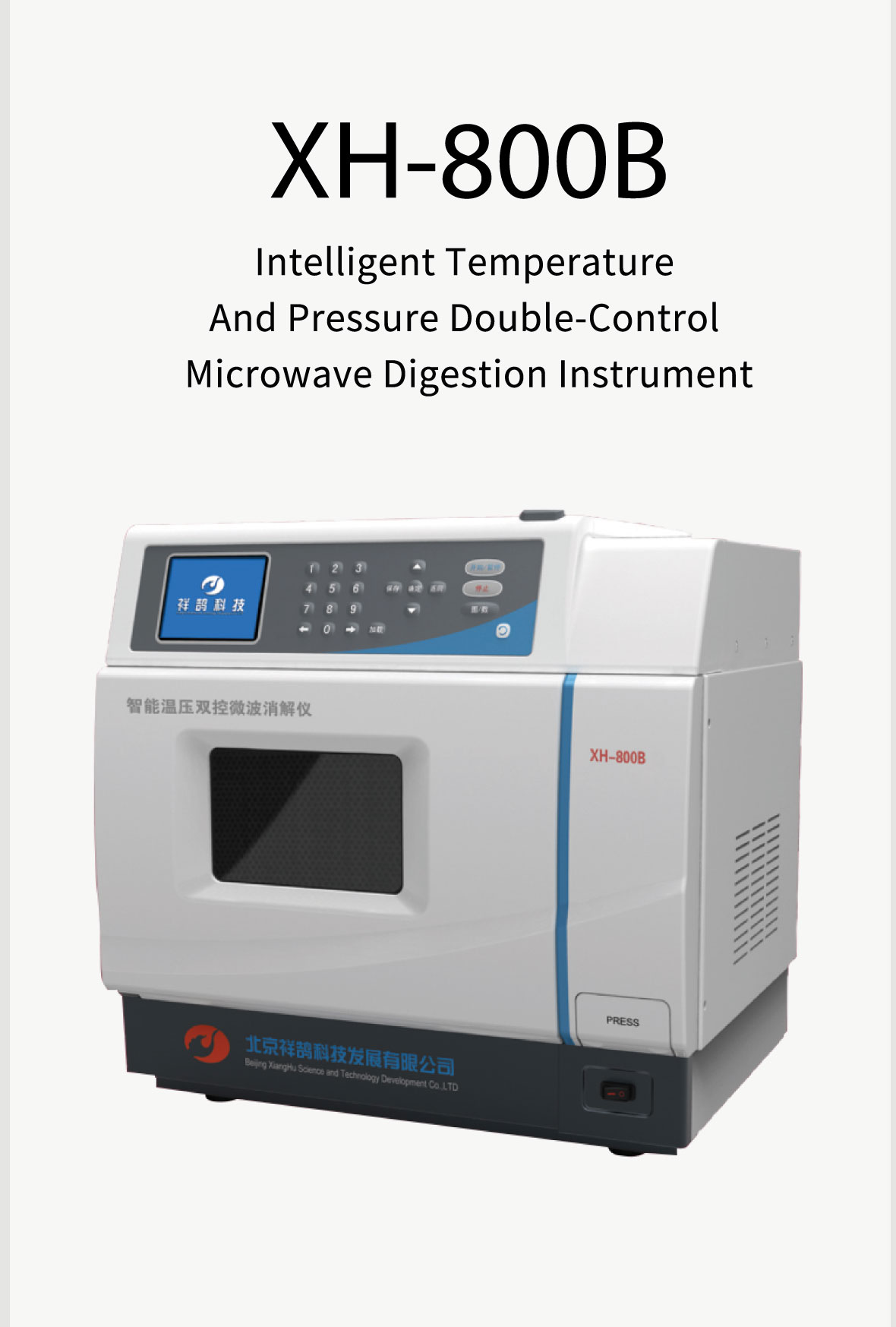

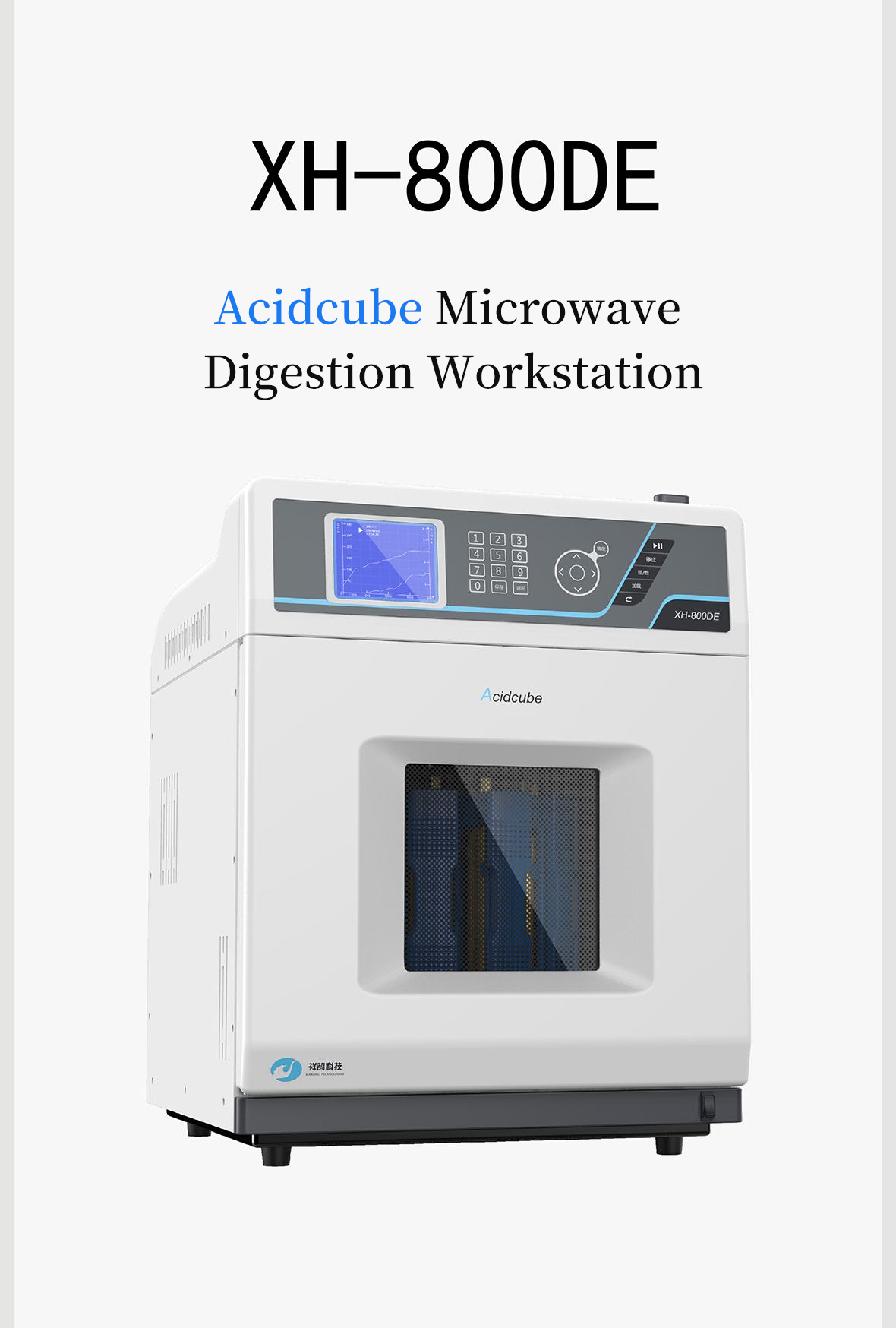

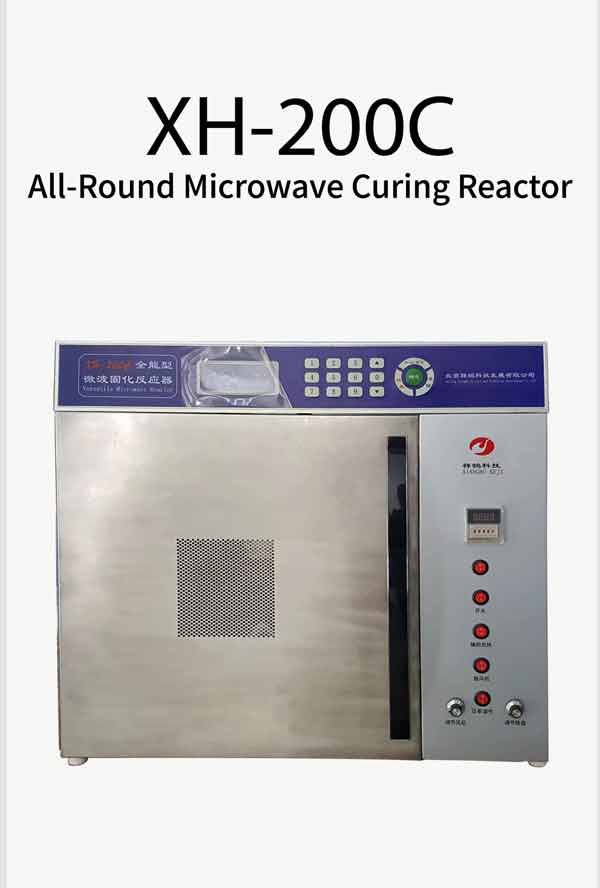
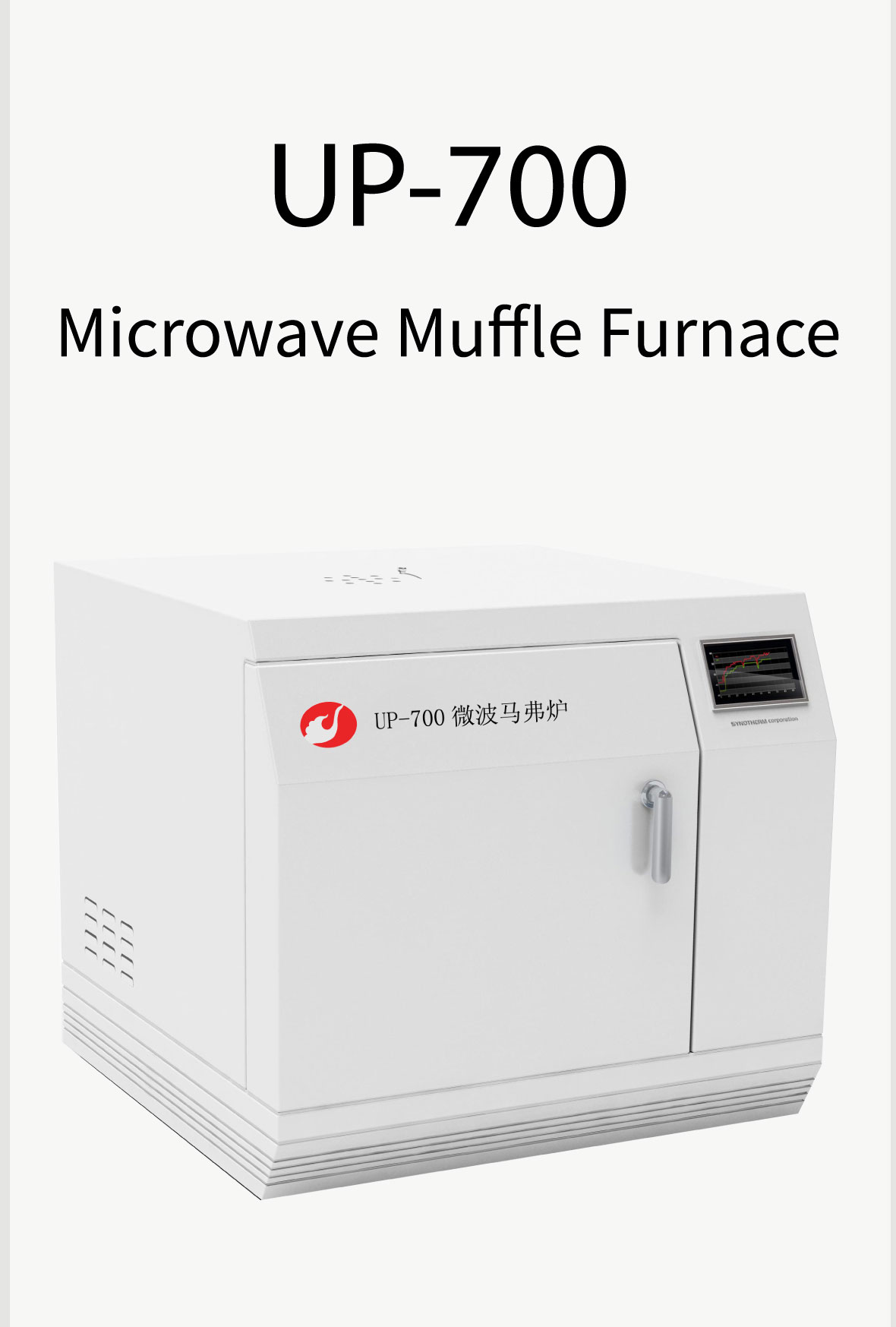

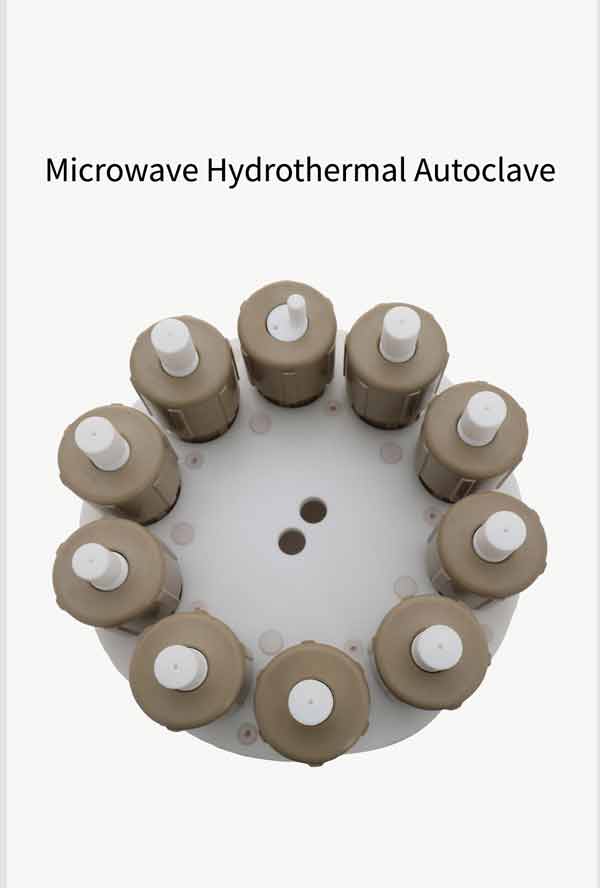

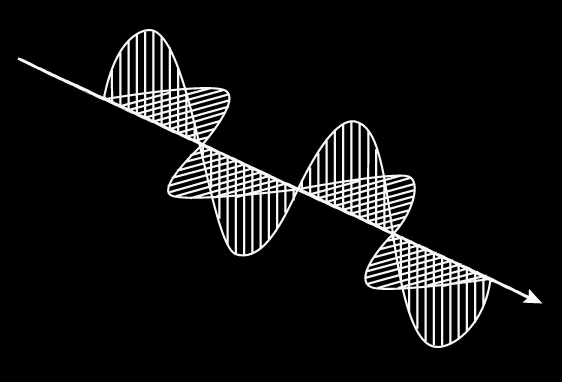


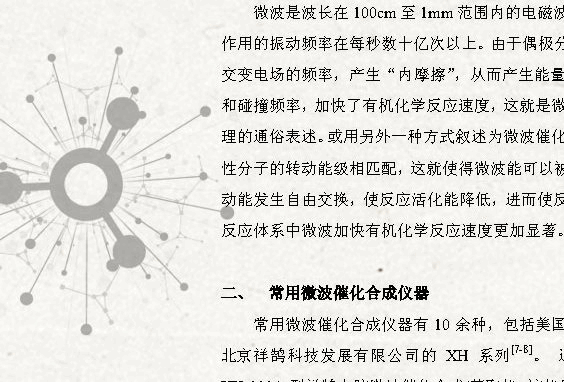

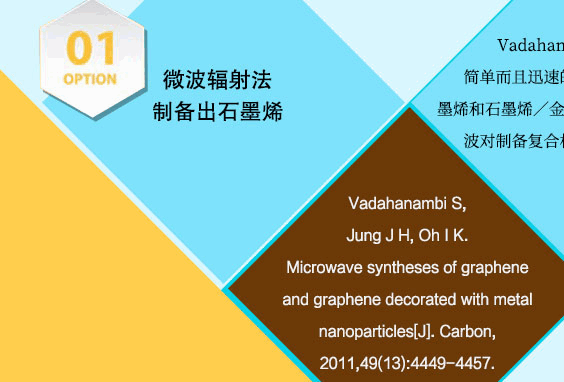
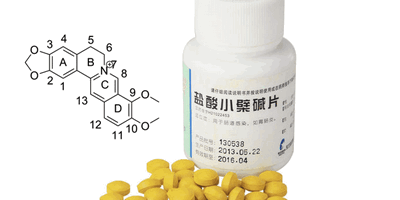


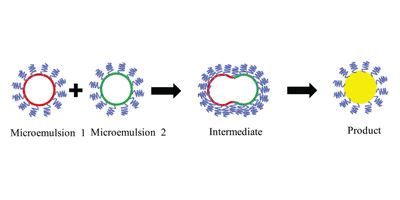
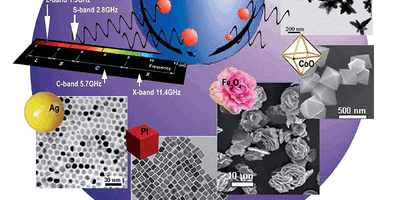
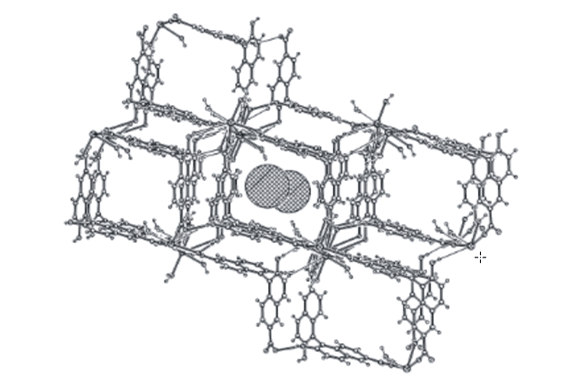
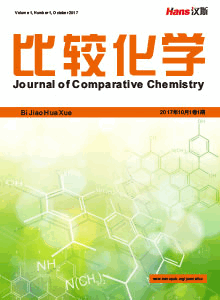
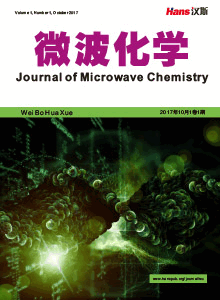
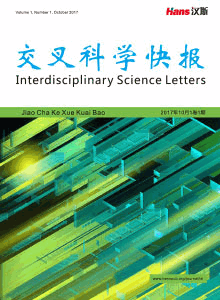




 京ICP备15050585号
京ICP备15050585号

